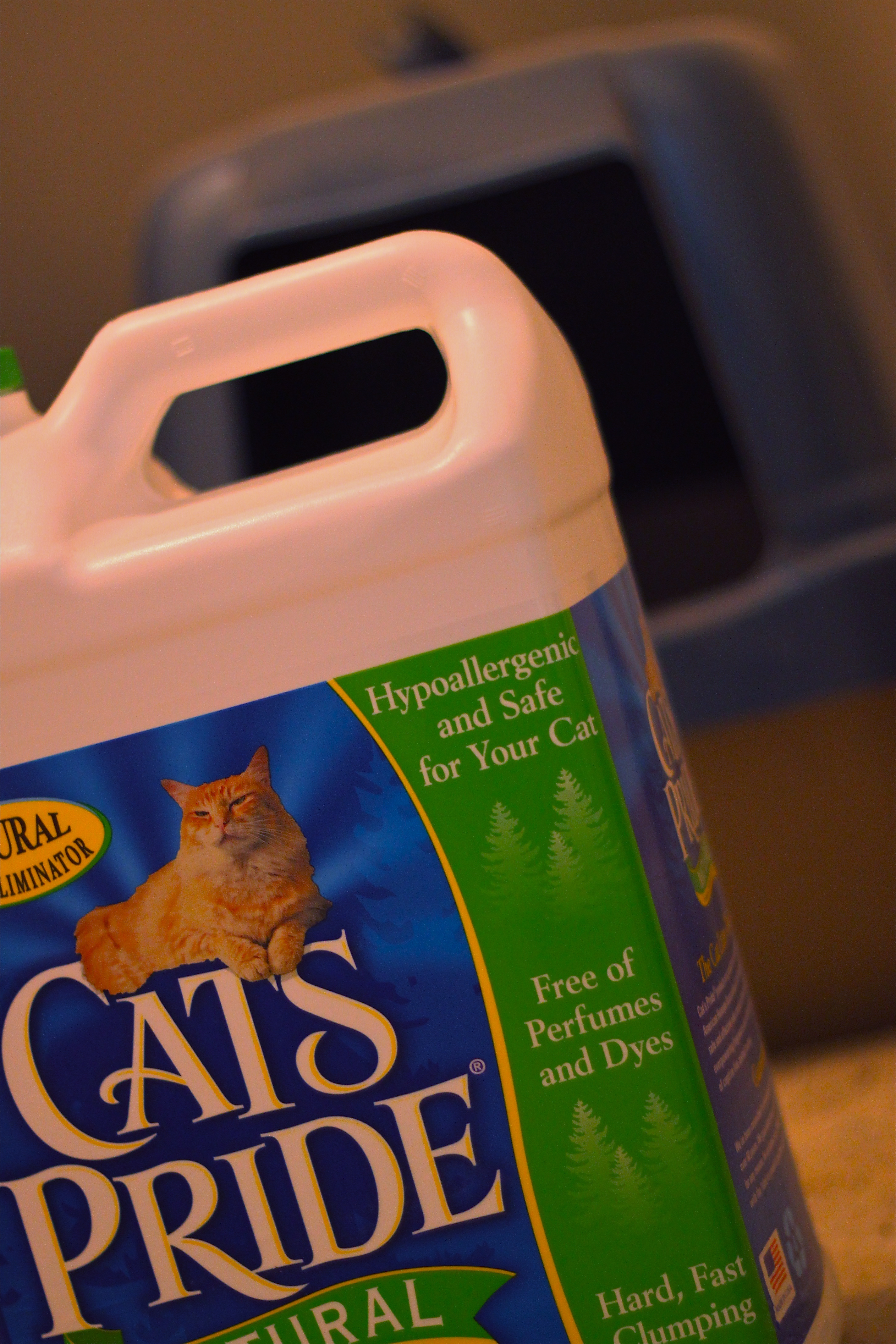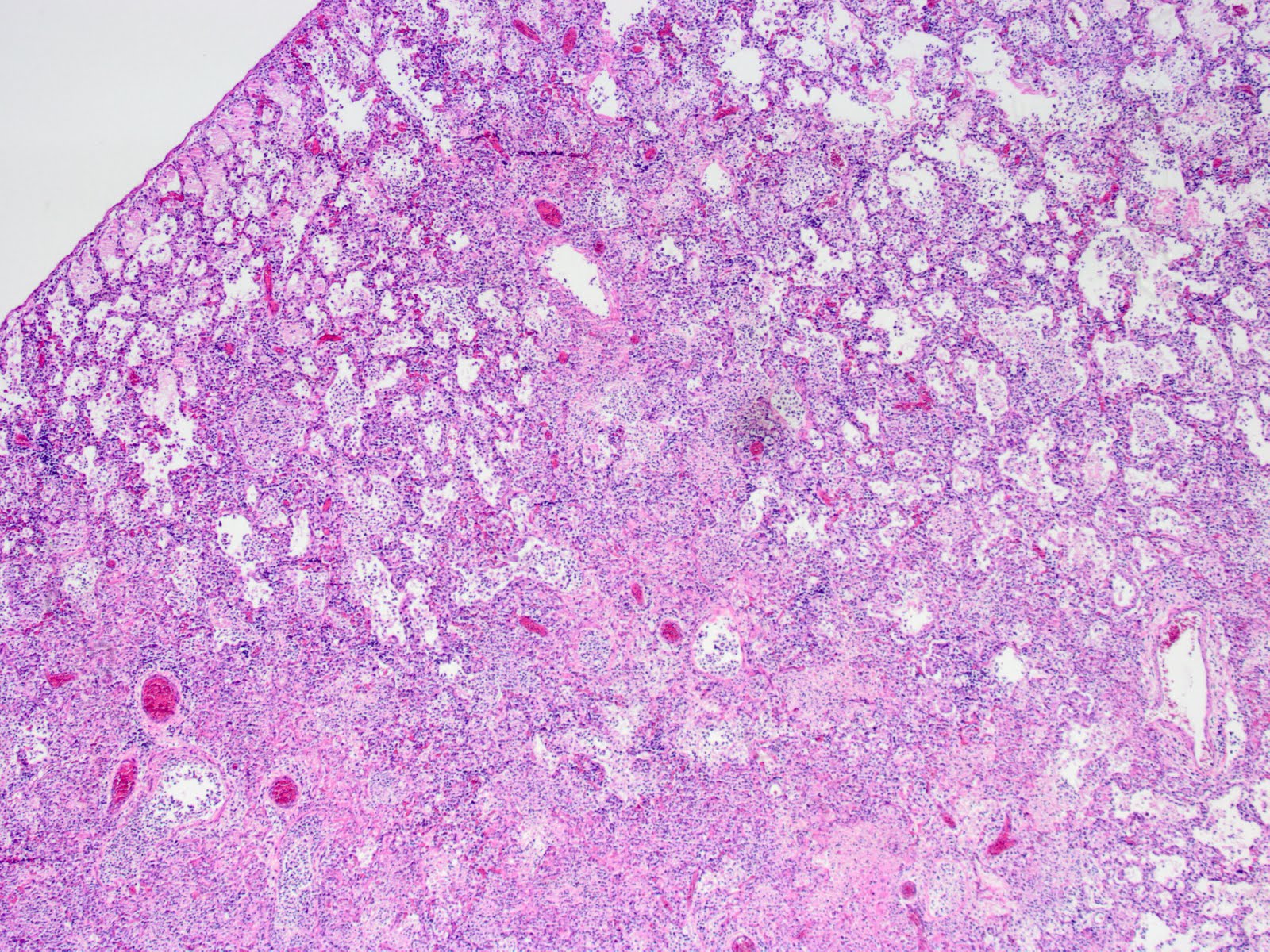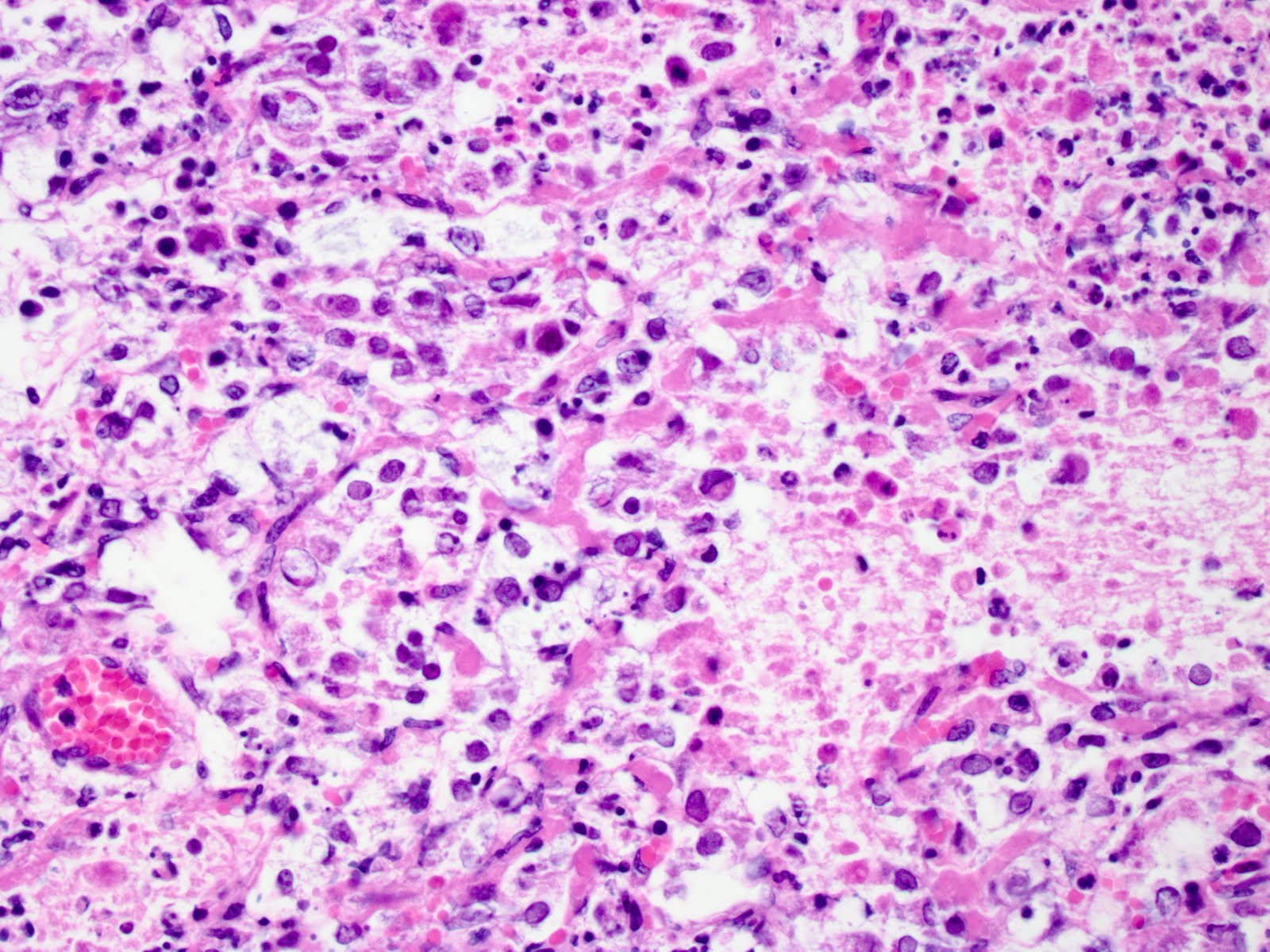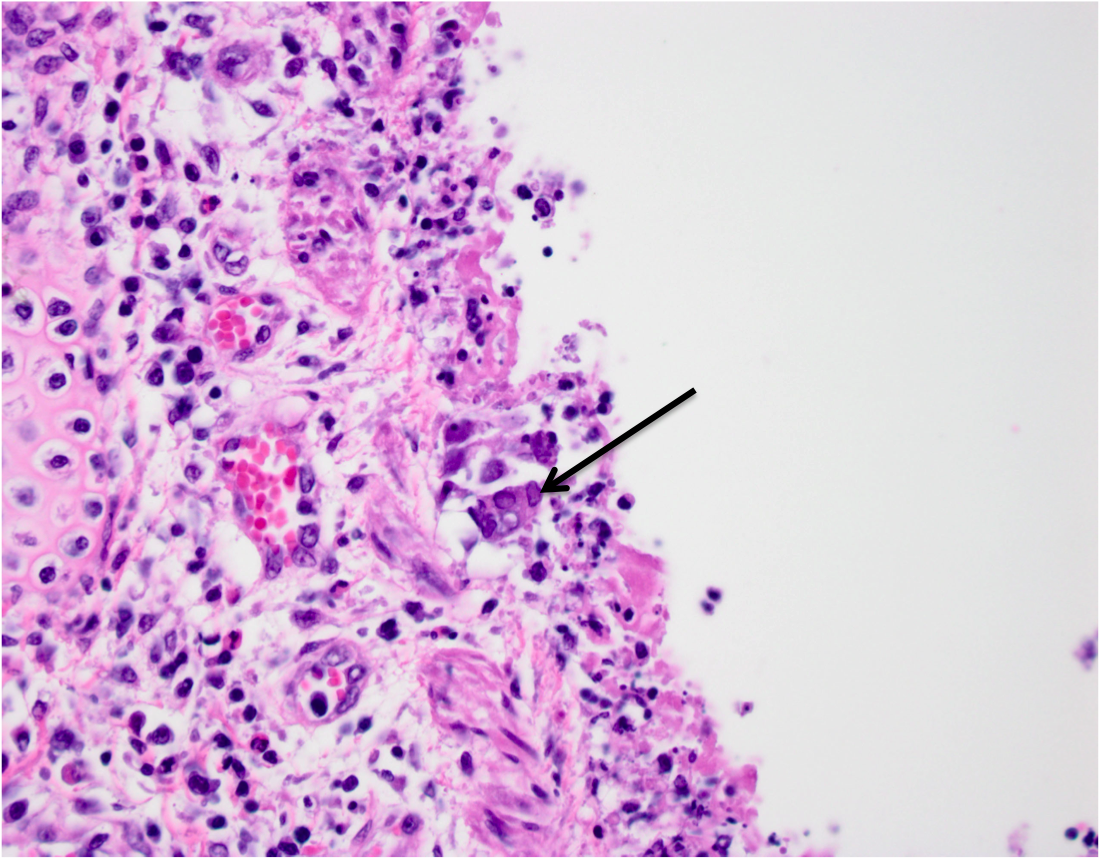We’re in the middle of summer, and many of you probably enjoy taking advantage of the great outdoors at this time of year. And you’re not alone – ticks love this time of year too. They tend to emerge in the warmer weather, so between spring and fall is the peak time for occurrence of tick-transmitted diseases. So it’s important to be aware of the prevalence of tick-borne diseases in your area.
In the US and Europe, Lyme disease is the most common of these conditions, and represents an important public health concern. It was named after the town of Lyme in Connecticut, where a cluster of the first cases of the disease in this country were recognized in 1975. The disease itself is caused by the bite of a tick that is infected with the bacterium Borrelia burgdorferi. Most commonly in the US, the Ixodes species of deer tick is involved in transmitting the bacterium to people.
PREVENTIVE MEASURES
These ticks are especially prevalent in grassy and wooded areas, so it is important to take precautions when out and about:
Wear Appropriate Clothing
- Light colors help you to recognize ticks more easily
- Long sleeves protect the arms
- Long pants protect the legs
- Avoid wearing flip flops or open shoes
- Tuck pants into socks or boots
- Use Insect Repellent – apply to exposed areas of skin, and spray onto clothing too
Inspect for ticks
- Check for attached ticks every few hours outside
- Check again upon return home
- Have a partner check difficult-to-see areas
- Check pets too
- Change clothes upon return home – shake out those you wore while outdoors
If You Find An Attached Tick
- Remove immediately – use tweezers to grasp firmly near the head, and pull without squeezing
- If mouthparts remain attached, remove using tweezers
- Clean the area of skin affected, and apply antiseptic cream
- If in doubt, save the tick in a small container (or between some pieces of sticky tape) in case it needs to be identified later
SYMPTOMS
Symptoms and signs of Lyme disease are variable because it can affect numerous body systems. Some of the more classic symptoms, however, include:
Early Symptoms
- Skin rash: One of the hallmarks of the disease, affecting up to 80% of infected people, is erythema migrans. This is the classic rash that has a bull’s eye shape – a central dark red region and peripheral clear halo are surrounded by an outer red ring. It develops 3-30 days following a tick bite, and spreads with time. It should be differentiated from a rash that results after a tick bite due to an allergy to the tick’s saliva. This occurs within 72 hours of a bite, disappears with time, and is not indicative of Lyme disease.
- Flu-like ailments: Fever, fatigue, aches, headache, and stiff neck are often reported early on in the course of disease.
Later Symptoms
If Lyme disease goes untreated, the bacterium can spread to other body systems. The joints and nervous system are a couple of the more common regions affected in such cases:
- Joint pain: Untreated patients may sometimes develop joint pain, especially in the knees.
- Neurological symptoms: Occasional patients can develop numbness or weakness of the limbs, facial paralysis, or even meningitis in severe cases.
It is important to remember, however, that not every tick is infected with Borrelia burgdorferi. Therefore not every tick bite leads to Lyme disease. If you do develop any concerning symptoms following a tick bite, however, seek medical advice as soon as possible – this will enable best treatment results in the event that you do have Lyme disease.
Don’t forget to check your dogs too – not only can they be bitten by ticks, but they too can develop Lyme disease. Ticks often go unrecognized on dogs due to their thick coats. So be sure to pay some extra attention to your dog after a walk, and groom him well to check for attached ticks.
And whilst the prospect of tick-borne disease shouldn’t keep you indoors all summer, it certainly pays to take preventive measures to guard against tick attachment, especially in regions where Lyme disease is prevalent.








Follow Me!